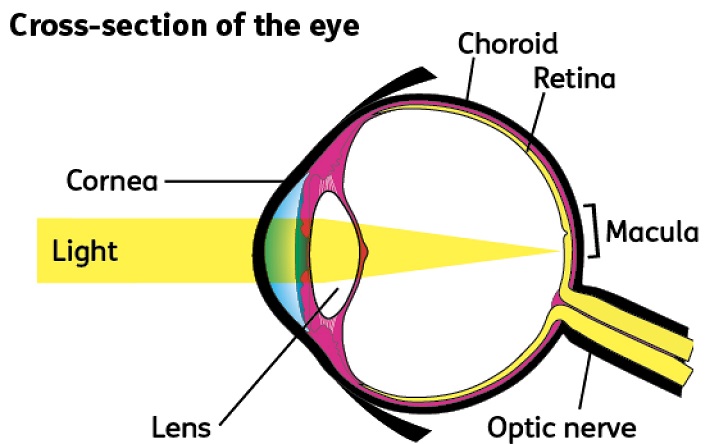Age-Related Macular Degeneration
- 0About this program
- 1What is Age-Related Macular Degeneration?
- 2What is the macula?
- 3What are the symptoms?
- 4How is AMD diagnosed?
- 5How to use an Amsler grid
- 6How is AMD treated?
- 7What is Charles Bonnet Syndrome?
- 8What do these hallucinations look like?
- 9Why do these hallucinations happen?
- 10Can you stop these hallucinations?
- 11What do we still need to know?
- 12Support
- 0About this program
- 1What is Age-Related Macular Degeneration?
- 2What is the macula?
- 3What are the symptoms?
- 4How is AMD diagnosed?
- 5How to use an Amsler grid
- 6How is AMD treated?
- 7What is Charles Bonnet Syndrome?
- 8What do these hallucinations look like?
- 9Why do these hallucinations happen?
- 10Can you stop these hallucinations?
- 11What do we still need to know?
- 12Support
Content on HealthUnlocked does not replace the relationship between you and doctors or other healthcare professionals nor the advice you receive from them.
Never delay seeking advice or dialling emergency services because of something that you have read on HealthUnlocked.
What is the macula?
The macula is part of the retina at the back of the eye. It is only about 5mm across but is responsible for our central vision, most of our colour vision and the fine detail of what we see.
The macula has a very high concentration of photoreceptor cells – the cells that detect light. They send signals to the brain, which interprets them as images. The rest of the retina processes our peripheral, or side vision.

There are two forms of AMD – dry and wet.
What is dry AMD?
Dry AMD is a gradual deterioration of the macula as the retinal cells die off and are not renewed. The term dry does not mean the person has dry eyes, just that the condition is not wet AMD. There is currently no treatment for dry AMD.
The progression of dry AMD varies but in most people it develops over many months or years. Often people carry on as normal for some time.
What is wet AMD?
Wet AMD develops when abnormal blood vessels grow into the macula. These leak blood or fluid which leads to scarring of the macula and rapid loss of central vision.
Wet AMD can develop very suddenly. The progress of wet AMD can be slowed, but rapid hospital treatment is essential.
Between one in ten and one in six people with dry AMD develop wet AMD. If you have the dry form of the disease and notice a sudden change in your vision, contact your optometrist or hospital eye specialist urgently.
If you have AMD in one eye, the other eye may be affected within a few years.
It’s also important to remember that, no matter how advanced your AMD is, you will not lose all your sight. AMD affects the central vision only, and peripheral vision is not affected. AMD is painless.
Content on HealthUnlocked does not replace the relationship between you and doctors or other healthcare professionals nor the advice you receive from them.
Never delay seeking advice or dialling emergency services because of something that you have read on HealthUnlocked.